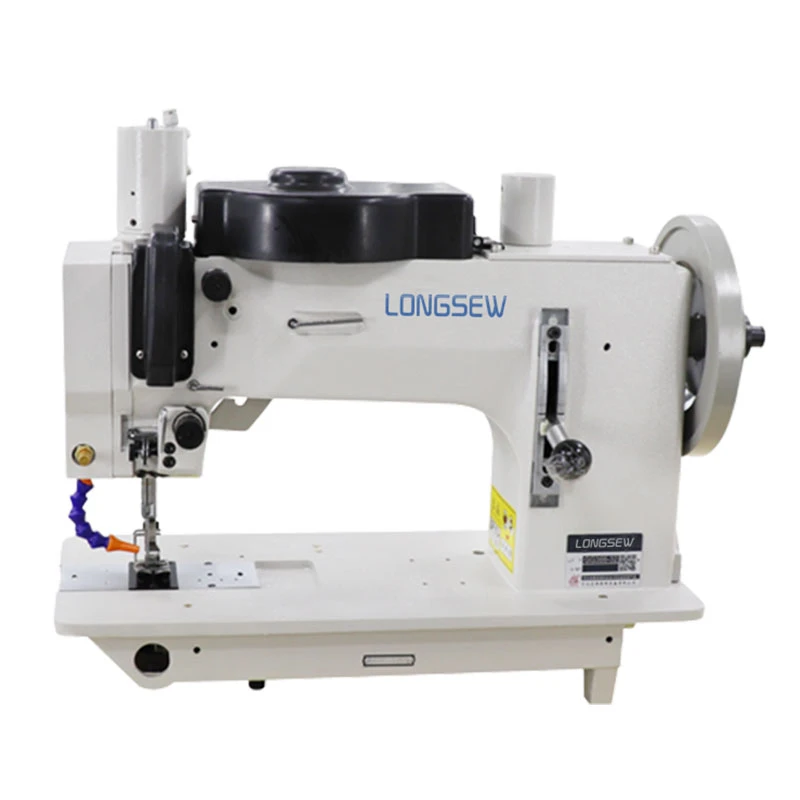sewing heavy material
Sewing Heavy Material Techniques and Tips for Success
Sewing with heavy materials can be both a rewarding and challenging experience. Whether you are working with denim, canvas, upholstery fabric, or leather, these sturdy fabrics require specific techniques to ensure that your project turns out beautifully and withstands the test of time. In this article, we will explore various tips and tricks for sewing heavy material effectively, ensuring that your creations are not only functional but also aesthetically pleasing.
Choosing the Right Tools
One of the most crucial steps in sewing heavy materials is selecting the appropriate tools. Regular sewing machines may struggle with thick fabrics, so consider investing in a heavy-duty sewing machine, which is designed to handle multiple layers and tough materials. These machines often come with a stronger motor and a larger needle capacity.
When it comes to needles, opt for heavier needles designed for thick fabrics, such as a size 100/16 or 110/18 needle. A denim needle is an excellent choice for sewing heavy cotton fabrics, while a leather needle is necessary for genuine leather. Ensure your thread is equally robust; polyester or specialty threads designed for heavy fabrics are ideal as they provide strength without breaking.
Preparing Your Fabric
Before you start sewing, proper preparation is vital. Pre-wash and iron your fabric to remove any sizing or finishing products that may affect how it sews. Heavy fabrics can be bulky, so consider cutting your pattern pieces carefully. Use sharp scissors or a rotary cutter for clean edges and ensure every piece aligns accurately, as any misalignment can lead to complications later in the sewing process.
Pinning and Stabilizing
When sewing with heavy materials, you may find that pins alone are not enough to hold the fabric layers together. Instead, use larger safety pins or clips to secure the layers, especially when dealing with slippery or thick fabrics. This prevents shifting during sewing, leading to a more accurate stitch.
Additionally, consider using a stabilizer or interfacing for structures and hems. For instance, when making bags or garments that require extra support, iron-on interfacing can help maintain the shape while preventing distortion.
sewing heavy material

Adjusting Your Machine Settings
To achieve a professional finish, adjusting your sewing machine settings is crucial. Begin by lowering the pressure foot and adjusting the stitch length. When working with heavy materials, longer stitches (about 3-4 mm) help reduce the risk of puckering, while also providing a sturdy seam.
If your machine has a walking foot attachment, use it! This feature helps maintain even feed throughout multiple layers of fabric, preventing the bottom layer from slipping while the top layer is stitched. If you're working on leather or very thick materials, consider also using a Teflon foot or a roller foot to minimize friction.
Sewing Techniques
When it comes time to sew, take your time. Heavy materials require a slower, more deliberate pace to ensure accuracy and prevent the needle from breaking. Start with simple seams to get comfortable before progressing to more complicated techniques such as top-stitching or decorative seams.
For hems, consider methods that reduce bulk. Fold and press the hem allowance to the inside instead of creating a traditional hem, particularly with very thick materials. Also, use double needles for a professional finish on hems, which allows you to sew two parallel lines of stitching simultaneously, adding durability and style.
Finishing Touches
Finally, when you've completed your project, take the time to finish the edges properly. Overlock or zigzag the raw edges to prevent fraying. Additionally, consider adding rivets or heavy-duty snaps for closures on bags or garments to enhance their durability and visual appeal.
Conclusion
Sewing with heavy materials may seem daunting at first, but with the right tools, techniques, and a little patience, you can create beautiful, lasting projects. Practice makes perfect, so don't be discouraged if your first attempt isn't flawless. Embrace the journey, and soon you'll find yourself sewing confidently with heavy fabrics, ready to tackle even more ambitious projects. Happy sewing!
-
Leather Sewing Machine: The Industrial Standard for Tough MaterialsNewsJul.18,2025
-
Sail Making Machine: Heavy-Duty Stitching for Industrial and Marine NeedsNewsJul.18,2025
-
Sling Sewing Machine: The Backbone of Heavy-Duty FabricationNewsJul.18,2025
-
Leather Sewing Machine: Precision for Heavy-Duty StitchingNewsJul.18,2025
-
Big Bag Sewing Machine: Powering the Future of Bulk PackagingNewsJul.18,2025
-
FIBC Sewing Machine: Essential Equipment for Bulk Bag ProductionNewsJul.18,2025
-
Heavy Duty Leather Sewing Machine: A Must-Have for Professional LeatherworkNewsMay.28,2025





























